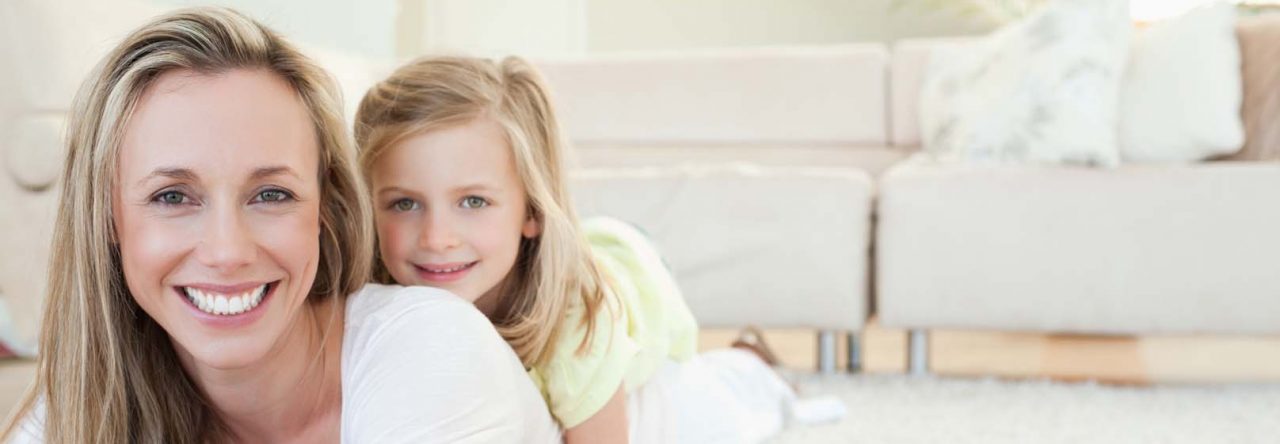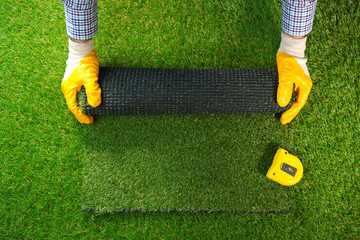Artificial grass is basically a surface of synthetic fibers that are designed to appear like natural grass or grass that is growing naturally. In most cases, it is used in sports arenas where it is normally or originally played on natural grass. But over time it has also become used on commercial and residential landscapes as well. With such wide application of artificial grass, there is a need to research more about its various characteristics and the factors that affect its maintenance and durability.
The main factor influencing its durability is the material from which it was manufactured. Grass blades are generally manufactured from either polyethylene or polypropylene materials. With increasing usage, the frequency of changing the grass blades needs to be controlled and the best way to achieve this is by using an automatic system. Such equipment is very useful as it can ensure that the blades are changed regularly without anyone noticing and even having an understanding of the process.
The turf layer is another factor that affects the longevity of the artificial grass blades. The most commonly used layer is the yarn layer, which is composed of finely spun yarn. This layer serves the dual purpose of providing traction to the blades and acting as insulation against the cold. If you have a layer with poor thread count, the turf may not be able to provide good traction even after installation.
The other material commonly used for the manufacture of artificial grass is polyethylene. Though the texture of polyethylene varies from smooth to rough and matte to glossy, it can withstand most types of weather conditions. It also does not get damaged easily and can easily maintain its shine.
Two kinds of artificial grass are made of polyethylene. One type is using a thatch coating while the other utilizes a light thatch layer. The thatch coating is much easier to maintain than the light version and requires less maintenance than the latter. In addition to this, real grass grows quickly in hot weather, but thatch only grows slow and evenly.
Artificial grass synthetic lawns offer several advantages over natural grass such as its durability, ease of installation, and cooling effect like real grass. However, one of the biggest disadvantages of using artificial grass is its high maintenance cost. In fact, installing this kind of grass is more expensive than maintaining natural grass because it needs some replanting and fertilizing treatments. Thus, aside from having to fork out a huge amount of money in the initial years, homeowners will also need to spend additional amounts on its maintenance.
For you to get the best value out of your investment, you must consider the following factors. First, the manufacturer or retailer must be able to provide information regarding installation procedures. For example, some install this kind of artificial turf in just three to four hours. Others may install it in eight hours. For homeowners who are busy or don’t have the time to wait for long hours, they must buy the product with an average square foot cost. Moreover, since the turf is per square foot, you must also consider purchasing the correct number of square feet, or else, you’ll have to cut the turf to the right size.
Second, you must ensure that your artificial grass is designed to withstand the heat and moisture found in outdoor settings. Sunlight, heat, and rain can cause chemical reactions that will lead to weakened color and texture of the material. Thus, you should make sure that the manufacturer or retailer can provide information about maintenance-free synthetic grass products. Moreover, since per square foot is one of the factors used for determining the price of this type of lawn, you should look for products with low maintenance costs. If you need help in installing your artificial grass, Artificial Grass Las Vegas can do that for you. Send them a message now!

